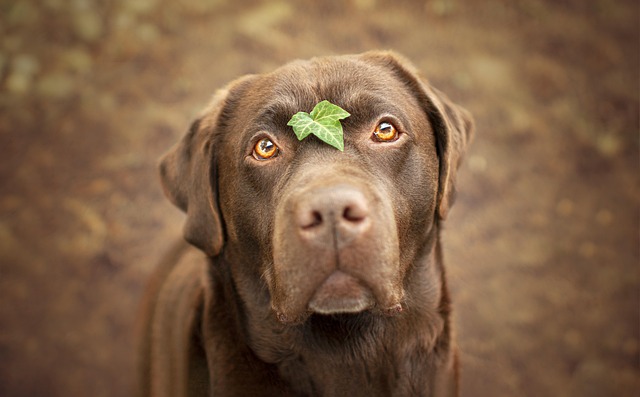
What can I use to moisturize my dog’s paws
Picture your French Bulldog, Bruno, hobbling across a salt-crusted Brooklyn sidewalk in January, licking his cracked paws as you rush him home.
You’re relaxing after work when your Beagle, Daisy, paws frantically at her ear, whining as brownish gunk stains your apartment’s rug. That sour smell? Likely an ear infection. While cleaning is vital for healing, never begin without a vet’s confirmation—what mimics an infection could be a grass awn or polyp. Once diagnosed, here’s how to proceed safely and effectively.
Start by gathering your supplies in a quiet space like your kitchen. You’ll need a veterinarian-approved ear cleaning solution (skip DIY vinegar or alcohol—they’re too harsh for inflamed skin), cotton pads, and towels. If Daisy’s nervous, spend days building trust: gently touch her ears while rewarding calmness with cheese bits. This positive reinforcement training aligns with U.S. animal welfare norms that ban scruffing or yelling—methods proven to increase stress and slow recovery.
Warm the cleaner in your hands—cold liquid shocks sensitive ears. Lift Daisy’s ear flap, filling the canal until you see liquid pool (ask your vet to demonstrate the angle). Massage the base firmly for 20 seconds; that squishing sound means debris is loosening. Step back quickly! Let her shake out the gunk (hence the towels!). Use cotton pads to wipe only the visible parts of her outer ear canal, moving outward. Never push deeper than your fingertip—Q-tips risk eardrum damage. For stubborn infections, you’ll repeat this twice daily before medicated drops to ensure deep penetration.
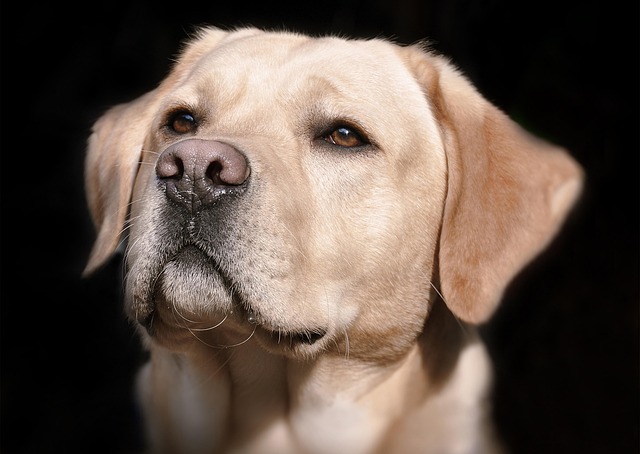
While treating Daisy, remember broader responsibilities. In your apartment building, dispose of soiled cotton balls promptly—landlords often cite odor complaints in lease agreements. On walks, always carry compostable bags. Scooping dog poop in places like Central Park isn’t just polite; it’s legally mandated in most U.S. cities to prevent parasite spread. Keep Daisy leashed—ear pain can trigger unexpected snaps, even in friendly dogs. Verify her rabies vaccination is current; it’s federally required and protects community health.
After your vet confirms the infection is gone, clean sparingly. Over-cleaning strips protective wax, inviting new infections. Floppy-eared Cocker Spaniels might need biweekly maintenance; short-eared Boxers monthly. Spot early warnings: head tilting or redness. Always reward cooperation during cleanings with chicken—this bonds trust through fear-free handling, reflecting modern ethics prioritizing emotional wellness. If struggles persist, ask your vet about calming protocols. Remember: consistent, kind care speeds healing and honors your role as a compassionate guardian.

Picture your French Bulldog, Bruno, hobbling across a salt-crusted Brooklyn sidewalk in January, licking his cracked paws as you rush him home.

You’re out for a morning walk, and your pup suddenly stops, lifting a paw like it hurts. When you kneel to check, you notice their paw pads—usually tough and rubbery—are dry, cracked, and flaking.
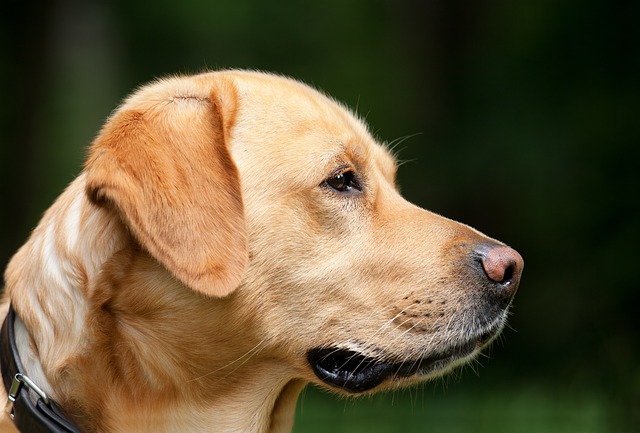
Picture your Boston Terrier, Max, blinking excessively with crusty residue around his eyes after a windy walk in Chicago. That gritty discomfort might signal dry eyes (keratoconjunctivitis sicca)
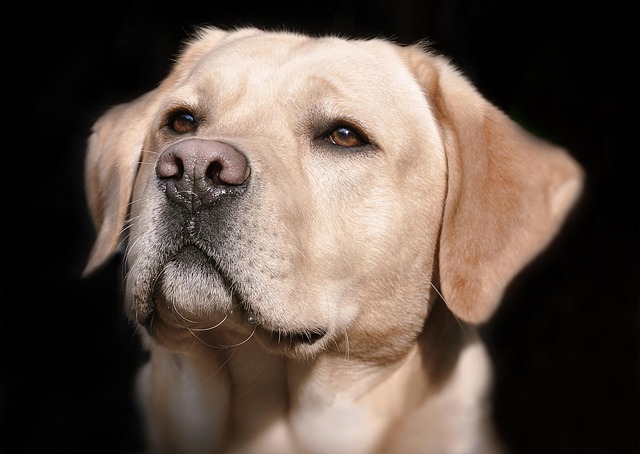
You’re relaxing after work when your Beagle, Daisy, paws frantically at her ear, whining as brownish gunk stains your apartment’s rug.

Discovering your dog constantly shaking their head, scratching their ears, or noticing an unusual odor is worrying.
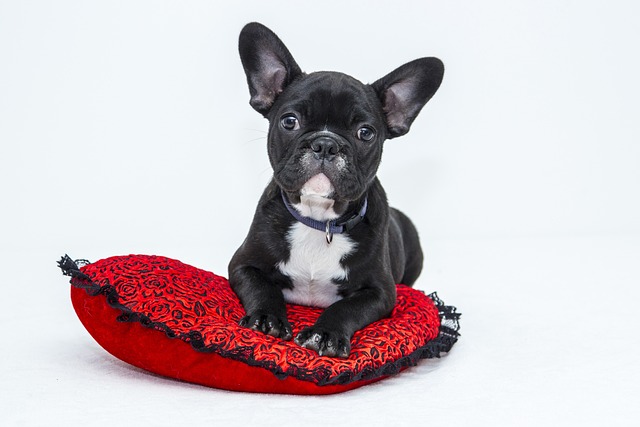
It’s a common scene for new dog owners: you’re tossing a ball in the backyard, and as your pup races back, tail wagging a mile a minute, they suddenly grab your arm with their mouth.